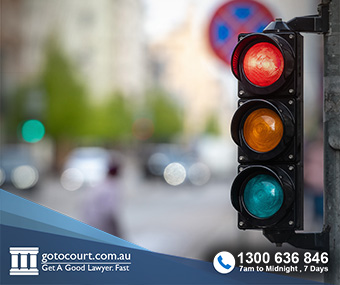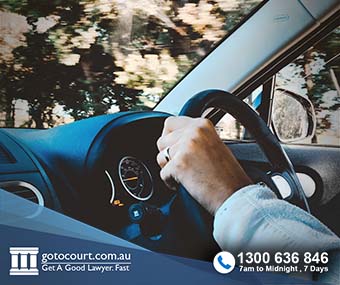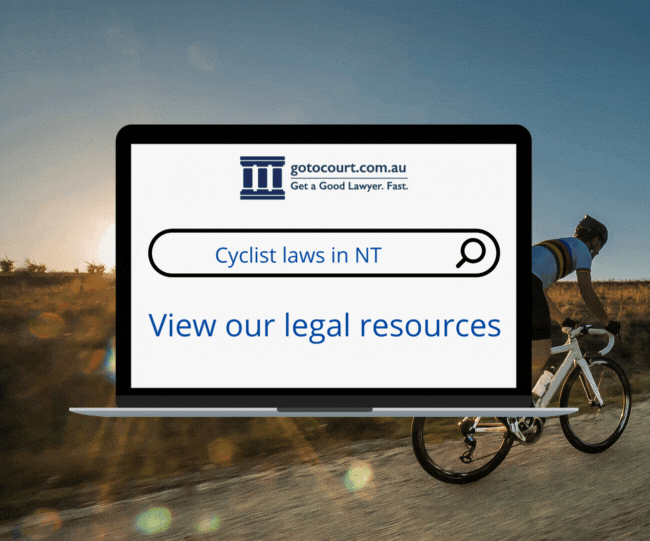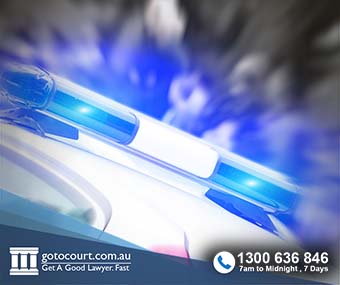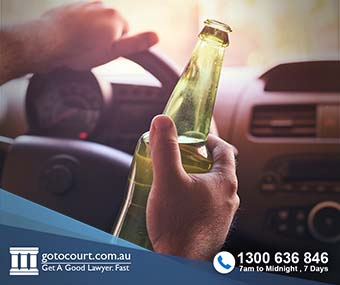Serious Traffic Offences in the Northern Territory
All traffic offences are serious but offences that could cause significant injury or death are considered to be more serious than others. In the Northern Territory, serious traffic offences can be found in the Criminal Code Act. These offences exist to prevent serious injury or death to road users and other members of the public.
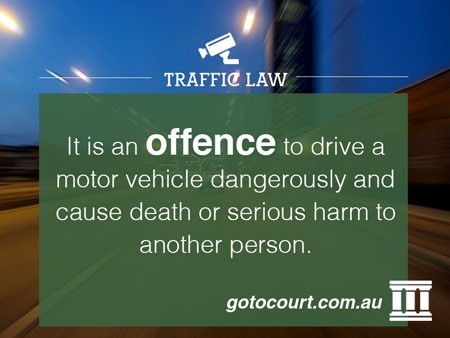
Driving motor vehicle causing death/serious harm
The offence which is commonly known as culpable driving is contained in s 174F of the Criminal Code Act. It is an offence to drive a motor vehicle dangerously and cause death or serious harm to another person. The section goes on to explain what dangerous driving is.
Dangerous is taken to mean doing one of three things;
- Driving under the influence of drugs or under the influence of alcohol, and to be so intoxicated as to not have proper control over the vehicle.
- Driving at a dangerous speed.
- Driving in a dangerous manner. The Act does not specify what manner means, and so it may incorporate circumstances which do not fall under the first two categories.
It is important to note that if someone is charged with this offence, they cannot be charged with another offence under the same circumstances.
Dangerous driving during pursuit
This offence under section 174FB of the Criminal Code is similar to the offence in Victoria of dangerous/negligent driving while being pursued by police. It essentially has four elements; that a police officer gives the driver a legal direction to stop the vehicle, the driver then refuses to do so, the police officer chases after the driver and finally that the driver drives dangerously during the chase. There is no requirement that injury be caused as a result, either to a police officer or to any bystander or other road user.
Like in Victoria, it does not matter if the chase is called off before the driver is caught, nor does it matter that the police vehicle is not engaged in a full throttle chase; that is, that the police officer is not travelling at the same speed as the driver in question. However it is a defence to say that you didn’t know that you had been given a direction by police, however the burden to establish this is on the driver not the prosecution.
When the court is determining whether the vehicle was being driven dangerously, the same factors are used as those which are considered for driving a motor vehicle causing death or serious injury as listed above.
Hit and run
The Northern Territory is somewhat unique in Australia in that it strongly emphasises the duties of drivers to stop at the scene of an accident. Section 174FA of the Criminal Code makes it an offence to fail to do any of these four things in an accident where death or serious harm to a person results;
- The driver must stop at the scene of the vehicle accident and;
- Give any assistance possible (unless to do so would place themselves or others in danger) and;
- Make a full report to police, including the location of the accident, that they were driving the vehicle and the drivers name and;
- Subsequently comply with any reasonable direction given by police.
It does not matter whether the driver was directly at fault in the accident. With regards to the mental state of the driver under suspicion, the prosecution must prove the following;
- That the driver either had known, or was reckless as to whether an accident had occurred and;
- That the driver either knew, or was reckless as to whether or not, death or serious harm resulted.
Definition of vehicle
Another distinction in the Northern Territory is the wide definition of vehicle in relation to hit and run and pursuit offences. Vehicles do not merely refer to cars; they can also refer to motorcycles, trailers, even horses and bicycles. Anything which can be driven on a road or track will satisfy the definition of a vehicle.
Penalties
The penalties for driving offences under the Criminal Code vary. It depends essentially on whether death or serious injury results. In cases where the driver either drove dangerously or committed a hit and run, causing death or serious injury penalties of up to 10 years imprisonment apply. For the offences of driving dangerously while being pursued by police, the offence has a maximum penalty of five years imprisonment.

